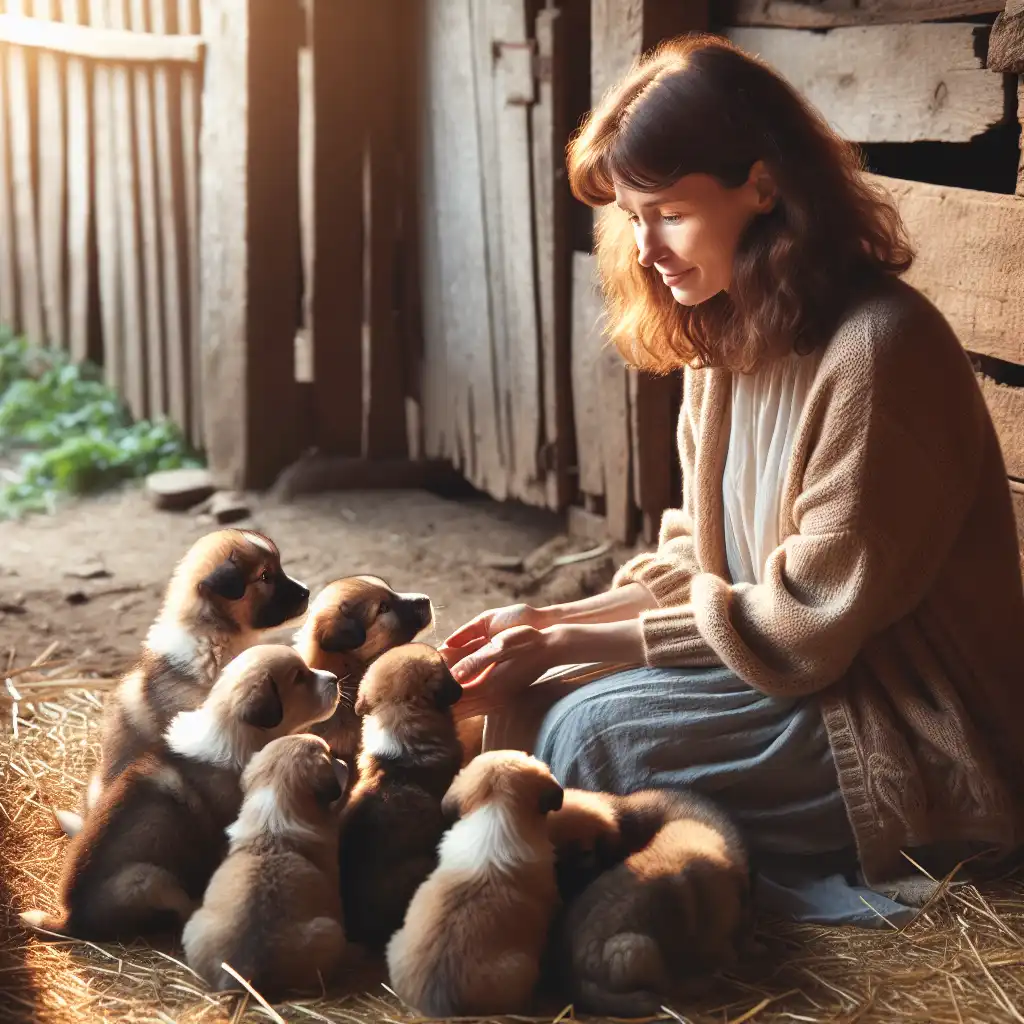
Mewling
Emotional Tone
Mewling often suggests helplessness and is not used for strong, loud cries.  She heard the mewling sounds of the abandoned puppies.
She heard the mewling sounds of the abandoned puppies.
Human Context
When describing people, 'mewling' can be patronizing, suggesting immaturity.  The workers were mewling about the new policy.
The workers were mewling about the new policy.
Animal Association
Most commonly used for kittens, but applies to any young animal's weak cries.  The mewling rabbit in her arms was injured.
The mewling rabbit in her arms was injured.